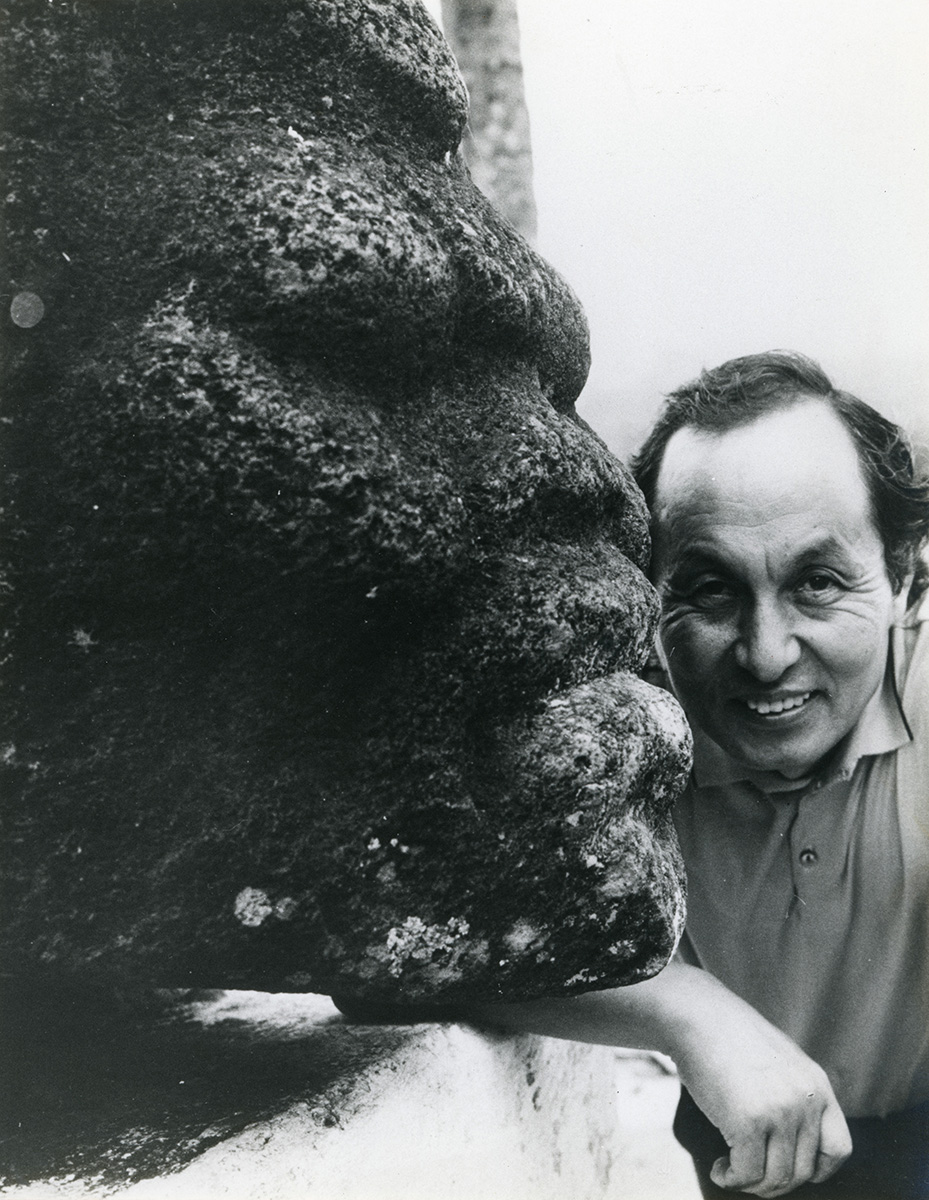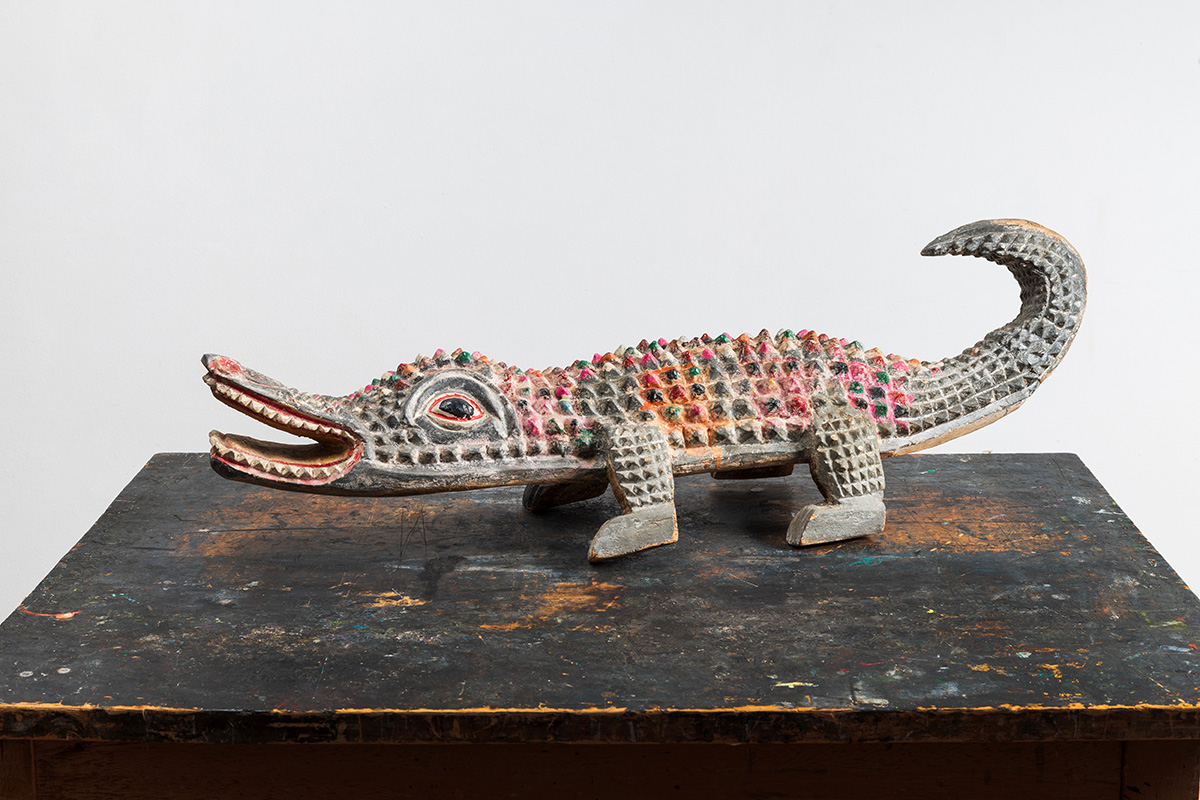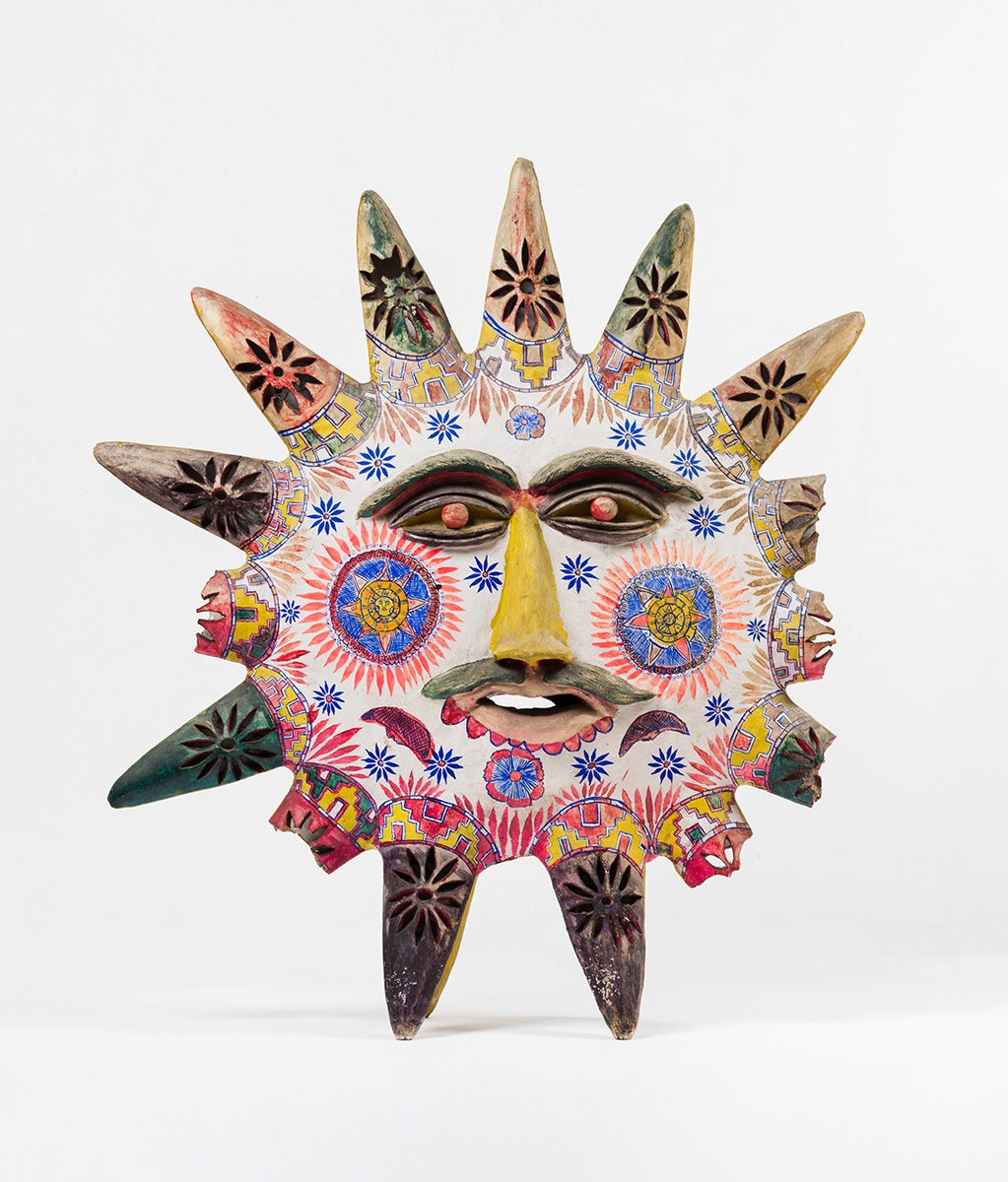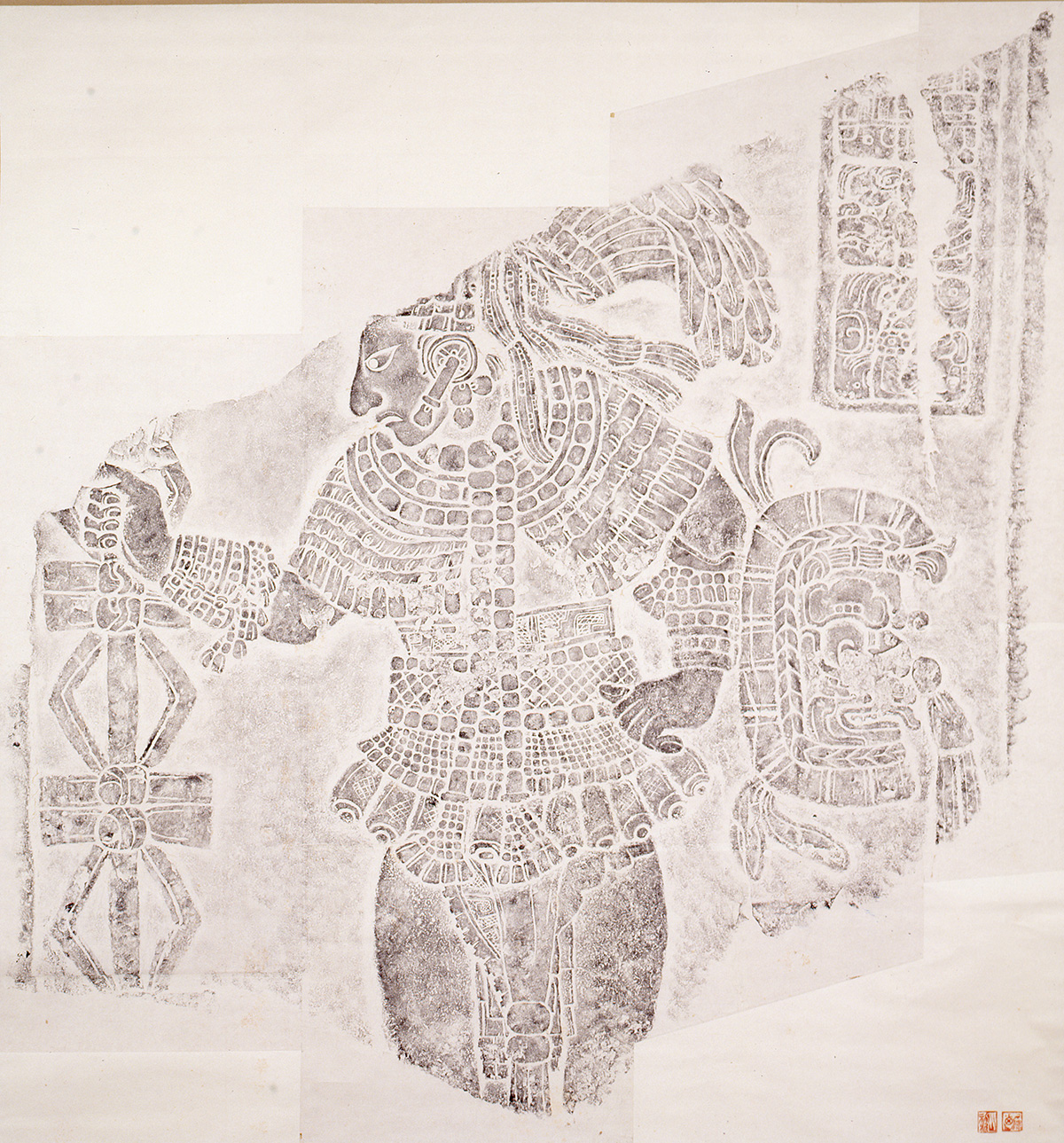NATURE AND THE SOUL: THE JOURNEY OF TONEYAMA KOJIN – SEEING REVERENCE AND CREATIVITY IN OTHER CULTURES
HAPPENINGText: Alma Reyes
He has been widely known as the “Painter of the Sun.” His luminous and ardent colors project vibrant energy that instill new meanings in the diverse cultures he had experienced throughout his life. Kojin Toneyama (1921–1994) was an active painter and printmaker in the latter 1900s. He was fondly associated with the depiction of Mexican visual traditions, for which he obtained the Order of Cultural Merit medal in 1972 and the Order of the Aztec Eagle in 1986, both from the Mexican government.

Kojin Toneyama in Mexico
Setagaya Art Museum presents “Nature and the Soul: The Journey of Toneyama Kojin – Seeing Reverence and Creativity in Other Cultures” until November 9th this year. The artist’s first retrospective at the museum in thirty years documents over 250 works comprising fifty oil paintings, sixty prints, a hundred sketches, photographs, and Mexican collections such as masks, objects, sculptures, and other pieces that were retained in his studio. They recount his rewarding adventures across Mexico, India, China, the Middle East, Europe, the U.S., and Japan from the 1960s to 1980s. Significant memorabilia, such as travel sketchbooks and photographs are unveiled to the public for the first time. Toneyama particularly found profound inspiration in primitive tombs, ruins, and priceless rubbings of Mayan and Aztec artifacts.

Wood carving crocodile/Guerrero, Mexico, Previous Kojin Toneyama collection, Arte Toneyama General Incorporated Association Collection

Colorful ceramic object/Metepec, Mexico, Previous Kojin Toneyama collection, Arte Toneyama General Incorporated Association
The first hall showcases a curious range of masks and numerous art objects from Toneyama’s private collection found in his atelier. A vividly decorated sculpture of a “Wood carving crocodile” and a sun-motif “Colorful ceramic object” illuminate the exuberant aspects of Mexican ethnic folk arts.
In the room are also large hangings of Toneyama’s rubbings of Mayan and Aztec ruins, many of which have become a part of Setagaya Art Museum’s precious archive. The artist explored such archaeological remains scattered across the Yucatan Peninsula for the first time in 1959. The unexplained power of the prehistoric inscriptions and stone reliefs moved him deeply that he longed to take the cherished memories back home by creating rubbings of them. He returned to the sites in 1963 with the artist Luis Nishizawa and further created over a hundred rubbings from more than thirty historic remnants.

Kojin Toneyama, Rubbing: A Prince, Standing/Stela 1-Bonampak, Maya Classic, Bonampak, Chiapas, 1963, Setagaya Art Museum
On display are “Rubbing: A Prince, Standing” (1963) from the Bonampak ruins in Chiapas, Mexico, dating from the Classic Maya period (c. 780 A.D.) and “Rubbing: Jaguar, Standing Up” (1963) from the ancient Tula debris in Mexico City, tracing back to the early Toltec Postclassic period. Toneyama expressed, “In the hot wind, I made rubbings with some of the Japanese washi paper I happened to have on hand. I pasted them with water, using a hand towel as a makeshift pad. I utilized Japanese painting paints to make the rubbings, and the Mexicans were amazed.” (Ancient Mexican Rubbings, Art Edition, 1971, English translation, Setagaya Art Museum)
Read more ...





